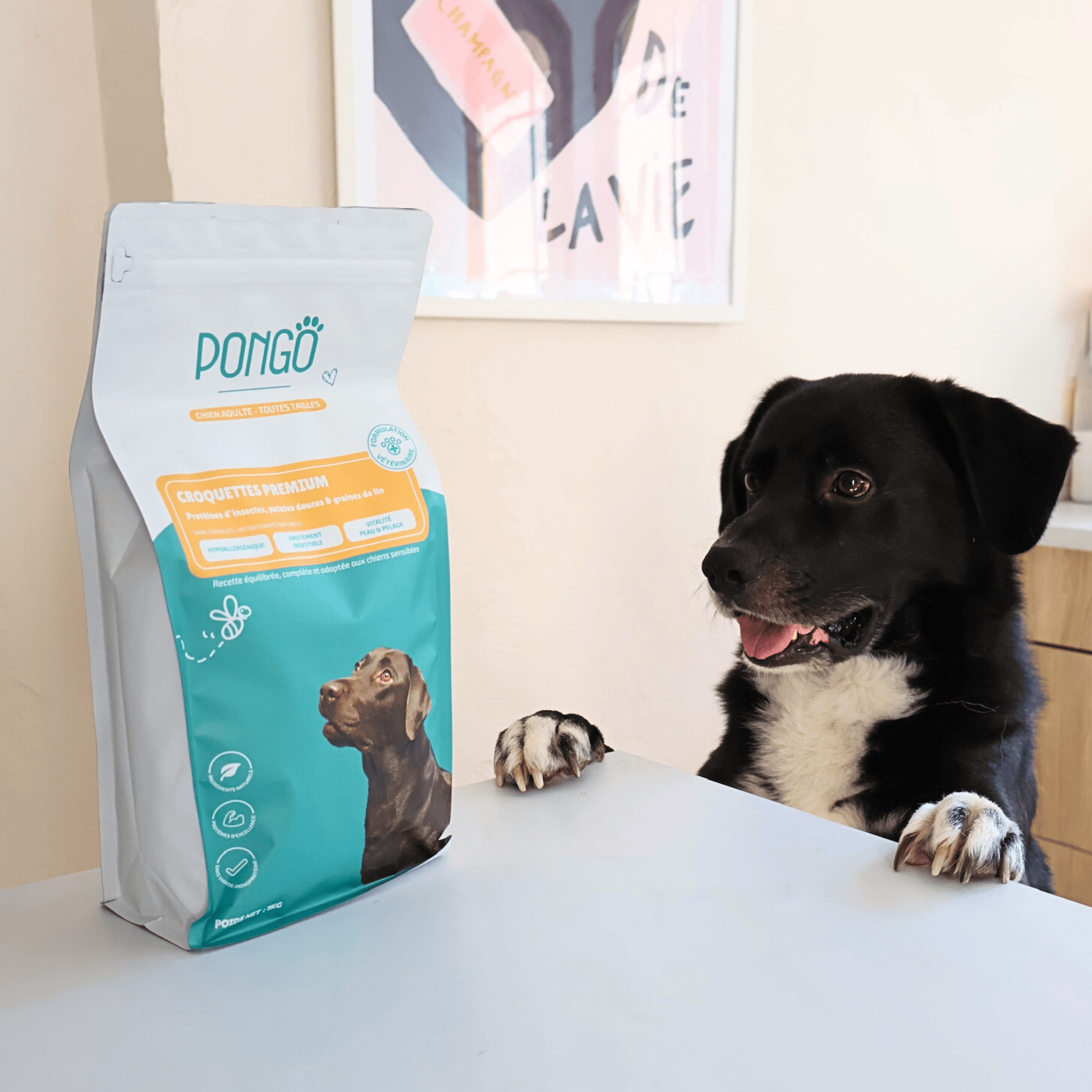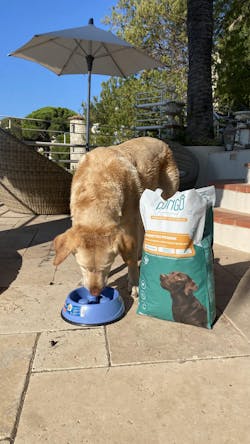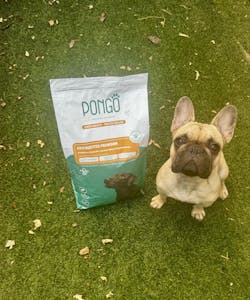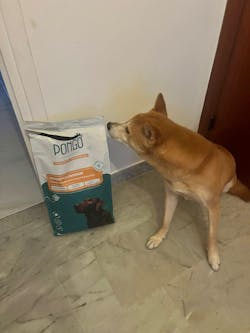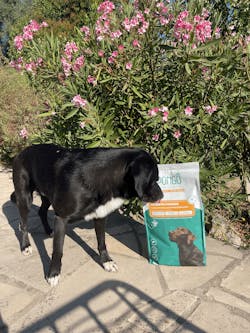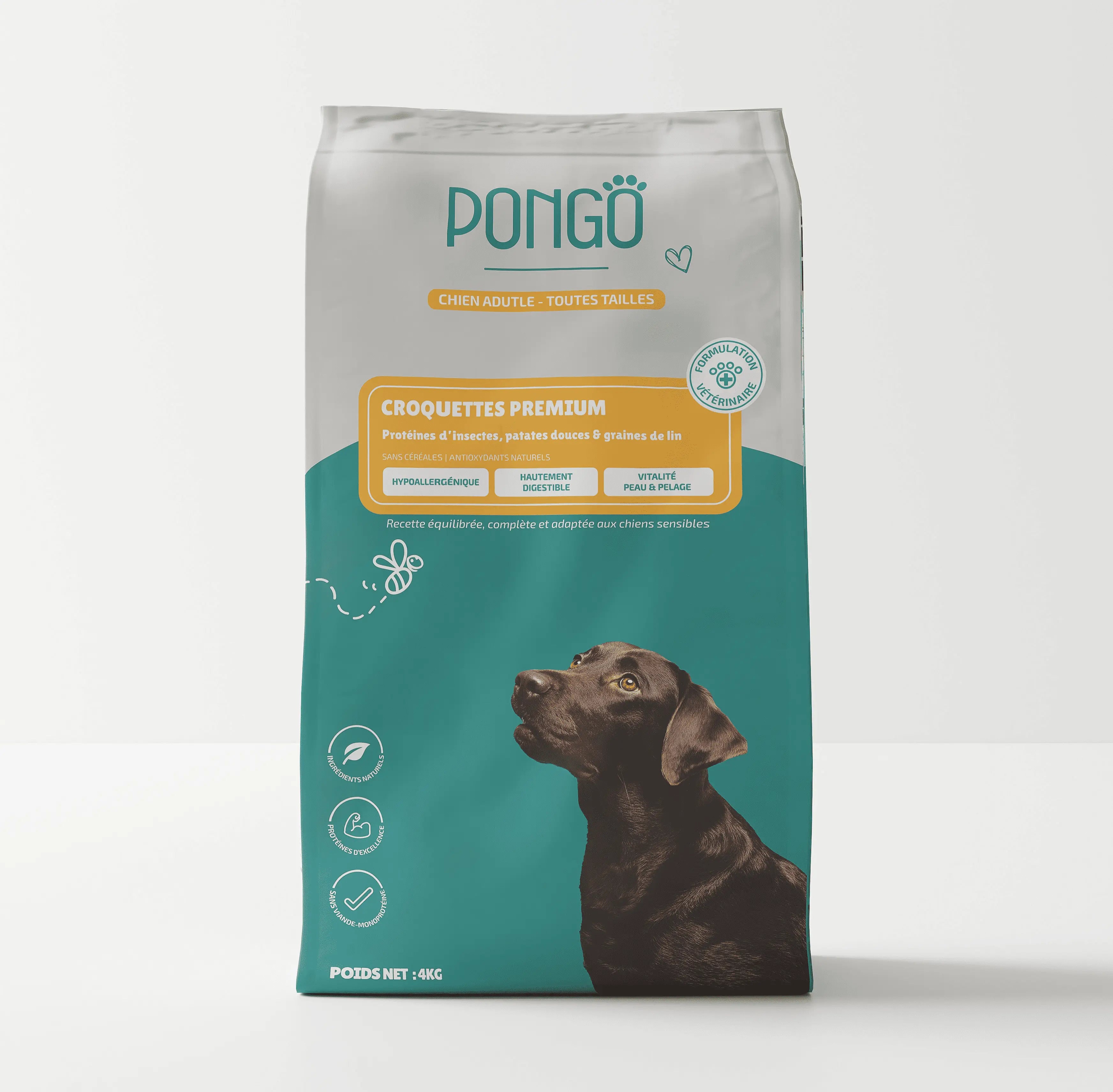Is chocolate toxic for my dog?
Nowadays, our dogs are family members, so we want to treat them! When we enjoy a food, we want to share it with our dog. The problem is, dogs cannot eat everything we eat. That’s why it’s important to be careful and to do some research before giving them any food. Today, we’re tackling chocolate!
Chocolate is toxic to dogs, yet many owners still don’t know the real dangers of this treat. If your dog has eaten chocolate, this article gives you all the useful information: symptoms to watch for, dangerous amounts, and what to do.
📌 Why is chocolate (especially dark chocolate) dangerous for dogs?
The main culprit is theobromine, an alkaloid naturally present in cocoa. In humans, it is metabolized quickly. In dogs, theobromine is eliminated very slowly. Its metabolism can take up to 20 hours. This is due to the absence of enzymes in dogs that can effectively break it down. As a result, it accumulates in the body and has a lasting effect on the nervous system, heart, and digestive tract, making it a particularly toxic substance for dogs.
The higher the cocoa content in chocolate, the more theobromine it contains, which is why dark chocolate or cocoa powder are the most dangerous.
⚠️ Most toxic types of chocolate for dogs
Here is a toxicity ranking:
| Type of Chocolate | Theobromine Content | Toxicity for Dogs |
|---|---|---|
| Pure cocoa / powder | Very high | Extremely toxic |
| Dark chocolate (70%+) | High | Very toxic |
| Milk chocolate | Medium | Toxic at high doses |
| White chocolate | Low | Very limited risk |
📊 Toxic dose based on dog weight
Data for 70% dark chocolate.
| Dog Weight | Moderately toxic dose (40 mg/kg) | Potentially lethal dose (100 mg/kg) |
|---|---|---|
| 5 kg | From 15 g | About 35 g |
| 10 kg | From 30 g | About 70 g |
| 20 kg | From 60 g | About 140 g |
| 30 kg | From 90 g | About 210 g |
Note: Theobromine concentration varies by chocolate type. These figures are based on an average of 14 mg/g for classic dark chocolate.
🧠 Symptoms of chocolate poisoning in dogs
Symptoms usually appear between 6 and 12 hours after ingestion. They vary depending on the amount consumed, the type of chocolate, and the size of the dog.
Common symptoms:
-
Vomiting
-
Diarrhea
-
Panting or rapid breathing
-
Restlessness or hyperactivity
-
Muscle tremors
-
Seizures (epileptic fits)
-
Excessive thirst and frequent urination
-
Abnormally fast heartbeat (tachycardia)
🆘 What to do if my dog ate chocolate?
-
Identify the type of chocolate (dark, milk, powder...)
-
Estimate the amount ingested (in grams)
-
Know your dog’s weight
-
Call a veterinarian immediately (or a veterinary poison control center)
-
Do not try to act on your own (no induced vomiting without medical advice)
Speed of intervention is crucial. Do not wait for symptoms to appear.
✅ How to prevent risks?
-
Never leave chocolate within dogs’ reach (on tables, in handbags, etc.)
-
Inform your children and guests: chocolate is toxic for dogs
-
Offer specific treats made for dogs
-
Be extra cautious during holidays (Easter, Christmas, birthdays)
❓ FAQ – Frequently Asked Questions
-
My dog ate a square of dark chocolate, is it serious? It depends on their weight. For a small dog (under 5 kg), even a single square can be toxic. Call your vet immediately to assess the risk.
-
Is white chocolate dangerous?
White chocolate contains very little theobromine. It is therefore less toxic but high in sugar and fat, which can cause digestive issues. -
How long after ingestion do symptoms appear?
Generally between 6 and 12 hours, but sometimes symptoms can be delayed up to 24 hours.
If you want to know which other foods are forbidden for dogs, this article might interest you: click here.
🐾 Conclusion
Chocolate is a silent poison for dogs. What is a pleasure for us can be deadly for them. If ingestion occurs, never wait to “see if it passes.” It’s better to have an unnecessary consultation than an avoidable tragedy.



